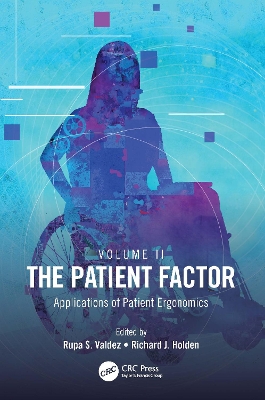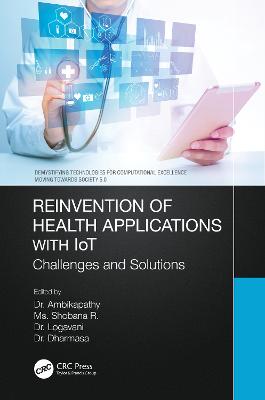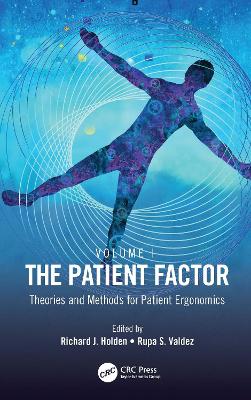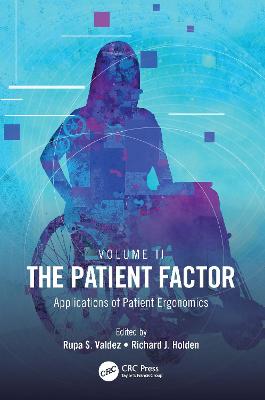Patient Factor
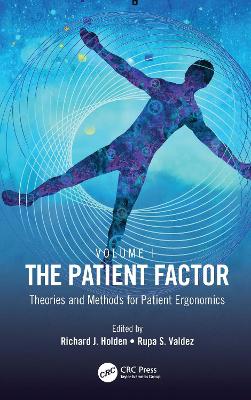 portes grátis
portes grátis
Patient Factor
Theories and Methods for Patient Ergonomics
Holden, Richard J.; Valdez, Rupa S.
Taylor & Francis Ltd
05/2024
294
Mole
9780367720957
15 a 20 dias
2.Cognitive Patient Ergonomics: Application of Cognitive Theories to Patient Work
3.Physical Patient Ergonomics: Understanding and Supporting Physical Aspects of Patient Work
4.Macroergonomics of Patient Work: Engaging Patients in Improving Sociotechnical Context of their Work
5.Consumer Health Information Technology: Integrating Ergonomics into Design, Implementation, and Use
6.Patient-Professional Communication
7.Human Factors and Patient Self-Care
8.Patient Engagement in Safety: Patients are the Ultimate Stakeholders
9.Field Methods for Patient Ergonomics: Interviews, Focus groups, Surveys, and Observations
10.Design and Usability Methods: Agile Innovation and Evaluation of Interventions for Patients and Families
11.Quantitative Methods for Analyzing Experimental Studies in Patient Ergonomics Research
12.Emerging Methods for Patient Ergonomics
13.Enhancing Patient Ergonomics with Patient and Public Involvement in Research Projects
14.Applying Human Factors and Ergonomics to Study and Improve Patient Work: Key Takeaways and Next Steps
2.Cognitive Patient Ergonomics: Application of Cognitive Theories to Patient Work
3.Physical Patient Ergonomics: Understanding and Supporting Physical Aspects of Patient Work
4.Macroergonomics of Patient Work: Engaging Patients in Improving Sociotechnical Context of their Work
5.Consumer Health Information Technology: Integrating Ergonomics into Design, Implementation, and Use
6.Patient-Professional Communication
7.Human Factors and Patient Self-Care
8.Patient Engagement in Safety: Patients are the Ultimate Stakeholders
9.Field Methods for Patient Ergonomics: Interviews, Focus groups, Surveys, and Observations
10.Design and Usability Methods: Agile Innovation and Evaluation of Interventions for Patients and Families
11.Quantitative Methods for Analyzing Experimental Studies in Patient Ergonomics Research
12.Emerging Methods for Patient Ergonomics
13.Enhancing Patient Ergonomics with Patient and Public Involvement in Research Projects
14.Applying Human Factors and Ergonomics to Study and Improve Patient Work: Key Takeaways and Next Steps

